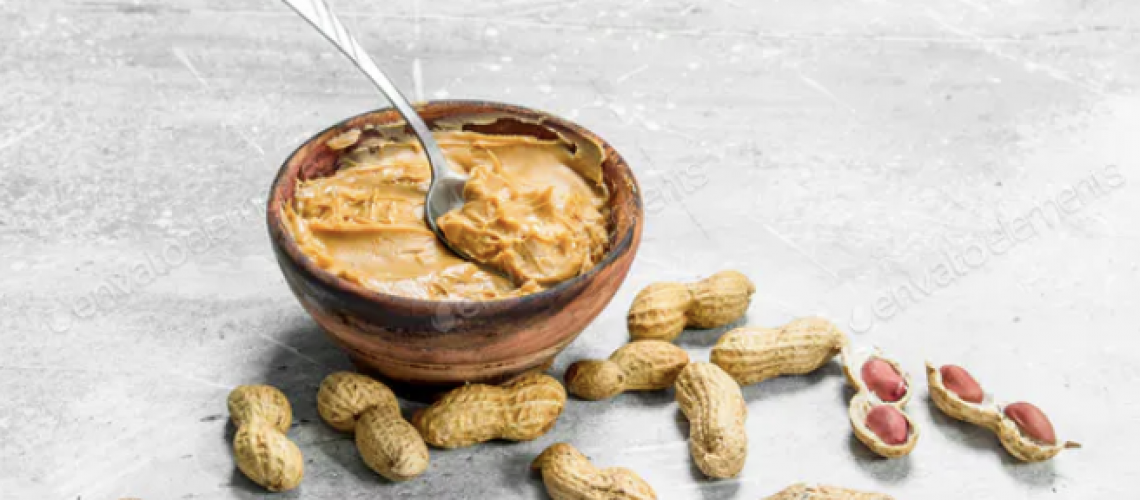Putting on muscle is one of the most common goals for people when they hit the gym. However, a common mistake, especially early on, is thinking that gaining size is all about the training. For beginners, this is true, to a certain extent, as it is relatively easy to increase muscle mass when you do not have much to begin with. Yet there comes a time, usually after a year of solid training, when the importance of diet increases massively when it comes to this goal. In short, you have to eat more to get bigger.
This does not mean eating a ridiculous amount to put on more size – this is another common mistake. Due to eating more than they actually need, people end up putting on unnecessary fat which they have to work hard to burn off during a fat loss phase. The reality is that you need to find out your maintenance calories (how much you have to eat to maintain your weight, based on your activity levels) and then move into a calorie surplus (consuming more calories than you are burning) of around 400-600 calories above maintenance and no more. This allows the body to use that surplus to build more muscle tissue but reduce fat gain.
The body can only use a certain amount of calories to build more muscle – any more calories consumed are stored as fat. Knowing how many calories you need to consume is essential to your progress during a muscle-building phase.
However, for some people, fitting those calories in can be difficult. Even the thought of it can be pretty off putting. Not many people want to feel so full and bloated that they enter a ‘food coma’ and struggle to get off the sofa, but it does not have to be like this. Bulking up can be an enjoyable experience with the right plan and techniques in place. So, here are four useful tips to help you get those necessary calories in without feeling uncomfortable during a muscle-building phase.
Calorie Dense Foods
The biggest tip for getting in those required calories during a muscle-building phase is to eat more calorie-dense foods (low in volume, high in calories). This is an excellent technique because it allows you to bump up your calorie intake without feeling too full or bloated. This type of food comes in different varieties, the first of which is in more fatty meat and fish. Fat has nine calories per gram, compared to four in protein and four in carbohydrates. Therefore, consuming protein-rich foods that are higher in fat will help you increase your intake for the day.
For example, a lean chicken breast contains 150 calories per 100 grams, but skin-on chicken thighs in this same quantity contain between 200-250 calories per 100g, which means that you are eating the same weight of chicken but consuming more calories. Other great, healthy calorie-dense foods include nut butter, nuts, seeds and dark chocolate. Be sure to add these into your diet if you struggle to reach your required calorie intake.
Liquid Calories
Another easy way to increase your calorie intake is through liquid form. This can come in a number of ways, from a dense protein shake/smoothie to a couple of tea spoons of olive oil. Much like calorie-dense foods, liquid calories can be a great tool during a bulking phase simply because they don’t make you feel full but help you increase your calories to help you reach your daily target. Ideally, during a muscle-building phase, you want a significant percent of your calorie intake to come from carbohydrates, due to the amount of energy it gives you for performing optimally in the gym but also for its recovery benefits, post-workout.
Certain liquid calories, such as oils and dressings, are high in fats and not carbohydrates but healthy fats are an important part to fit into your diet, due to the fact that fats can be a source of energy and that they contain important nutrients to maintain or develop a healthy body. Combining this with a high glycemic index carbohydrate drink containing sugars can not only help you increase your calories but can also prove to be a useful source of fast-acting carbohydrates which can get your blood sugar levels back where they need to be. Be careful not to go overboard on this, however, both for diet and health reasons.
Have Your First Meal Earlier in the Day
A big part of your diet when bulking is how you manage your meals. Intermittent fasting, a protocol in which you eat between an eight to ten-hour window during the day, has become very popular, particularly for those who are in a fat/weight loss phase and those who love coffee (due to its appetite suppressing qualities). However, when you are eating more calories than you are used to in order to increase muscle mass, delaying your first meal until later in the morning is a bad idea. This is because you are giving yourself less time to eat your required meals, meaning that you are having to play catch-up throughout the day. As a result, you are more likely to feel uncomfortably bloated and therefore trying to reach your required calorie intake becomes a pretty daunting prospect.
So, when in a muscle-building phase, it is much more sustainable to have that first meal earlier in the morning, so that you feel more comfortable during the day and not feel pressured to catch up your calories later in the afternoon, which can be an uncomfortable experience, particularly for those requiring a lot of calories. In this first meal, make sure you have a sufficient amount of protein (preferably 30-40g), but also slow-releasing carbohydrates so that your blood sugar levels do not dramatically increase, then decrease and so that the body has consistent energy throughout the day.
With this in mind, a great breakfast can include a bowl of oatmeal with a scoop of protein powder mixed in or, if you wanted a more savoury option, sweet potato or brown rice combined with a form of protein (a portion of meat or fish, for example). Make sure you begin your morning with a big meal to set you up for the day and make reaching your required calorie intake much more manageable.
Divide Your Meals Up
The final strategy, which links in with having your first meal earlier in the day, is dividing up your meals throughout the day. So, after having that big breakfast, figure out when your next eating times are going to be. By midday, the likelihood is that you are going to start to feel hungry again, so having another good-sized lunch will be important – make sure every meal consists of protein and carbohydrates, while fats can be more varied. Depending on how many calories required for you to consume, another meal or snack can then be consumed in the late afternoon before the final meal of the day in the evening – this should get you to your daily calorie goal.
It can be easy to fall into the trap of reducing the number of meals and instead increasing your meal portion sizes during the day. This is a bad idea because it is harsh on your digestive system and your body can only take in around 30-40 grams of protein every two hours. Therefore, divide up your meals during the day to reduce stress on your insides and also so that the essential macronutrients consumed can have the maximum effect on your desired goal of gaining muscle tissue.
Photo Credit: Envato Elements


